Pumps & Mechanical
8 Ways To Save Energy In Wastewater Pumping Stations
Views : 33
Usually dispatched in 2 to 3 days
Usually dispatched in 2 to 3 days
Category:
Pumps & Mechanical
Only logged in customers who have purchased this product may leave a review.
Related books
Centrifugal Pump Analysis
Introduction
Centrifugal pumps are used to increase pressure in a liquid for the purpose of transporting the liquid through piping and other devices for use in an industrial process. With the higher pressure, the liquid can be transported in short or long pipelines for delivery to an ultimate destination. Examples include water pipelines, refined petroleum and crude oil pipelines.
The pressure generated by the pump is gradually depleted as the liquid flows through the pipeline, due to friction in the pipe, as well as any elevation increase from the point of origin to the destination point. The liquid as it enters the pump has a certain amount of energy, due to its initial pressure (pressure energy), position (potential energy) and its velocity (kinetic energy). The potential energy depends on the location of the liquid from some datum, such as sea level. The kinetic energy is due to the motion of the liquid. The sum of three components is the total energy of the liquid. As the liquid comes out of the pump, energy is imparted by the rotating element (impeller) in the pump and the liquid pressure increases. The velocity of the liquid also changes from that at the pump inlet. In a centrifugal pump, the liquid is accelerated by centrifugal force during its passage through the rotating pump impeller and, finally at the exit, the kinetic energy is converted to pressure energy as it exits the pump volute into the discharge piping.
Centrifugal Pump Analysis
Introduction
Centrifugal pumps are used to increase pressure in a liquid for the purpose of transporting the liquid through piping and other devices for use in an industrial process. With the higher pressure, the liquid can be transported in short or long pipelines for delivery to an ultimate destination. Examples include water pipelines, refined petroleum and crude oil pipelines.
The pressure generated by the pump is gradually depleted as the liquid flows through the pipeline, due to friction in the pipe, as well as any elevation increase from the point of origin to the destination point. The liquid as it enters the pump has a certain amount of energy, due to its initial pressure (pressure energy), position (potential energy) and its velocity (kinetic energy). The potential energy depends on the location of the liquid from some datum, such as sea level. The kinetic energy is due to the motion of the liquid. The sum of three components is the total energy of the liquid. As the liquid comes out of the pump, energy is imparted by the rotating element (impeller) in the pump and the liquid pressure increases. The velocity of the liquid also changes from that at the pump inlet. In a centrifugal pump, the liquid is accelerated by centrifugal force during its passage through the rotating pump impeller and, finally at the exit, the kinetic energy is converted to pressure energy as it exits the pump volute into the discharge piping.
Chapter10. Compressors
Main Types of Compressors
The compressor is the heart of a mechanical refrigeration system.
There is the need for many types of compressors because of the variety of refrigerants and the capacity, location and application of the systems.
Generally, the compressor can be classified into two basic types: positive displacement and roto-dynamic.
Chapter10. Compressors
Main Types of Compressors
The compressor is the heart of a mechanical refrigeration system.
There is the need for many types of compressors because of the variety of refrigerants and the capacity, location and application of the systems.
Generally, the compressor can be classified into two basic types: positive displacement and roto-dynamic.
Pumps In Water Treatment
INTRODUCTION : 1.1 Why water treatment?
Pure water [H2O] is a colourless, odourless and tasteless liquid. It plays a huge part in everyday life: 70% of the earth’s surface is covered by water in the form of oceans, and the rest of the planet has large quantities of water in the form of lakes, rivers and watercourses, ice and snow, and humidity, as well as the principal element of animal life (>50%) and plants (approx. 80%). When we talk about water in general, we usually mean water for some specific purpose, e.g. drinking water or process water for industry. This is where the term water treatment comes into the picture, as the available water resources or that provided by nature is not always of a suitable quality for immediate use for the specific purpose. Drinking water must be pure, and should preferably taste good too, and it must not contain substances that could cause problemswith daily use. Process water, which is water that forms a direct and important part of a process or product in industry, must have a chemical composition and temperature that is precisely suited to the specific requirements.
Pumps In Water Treatment
INTRODUCTION : 1.1 Why water treatment?
Pure water [H2O] is a colourless, odourless and tasteless liquid. It plays a huge part in everyday life: 70% of the earth’s surface is covered by water in the form of oceans, and the rest of the planet has large quantities of water in the form of lakes, rivers and watercourses, ice and snow, and humidity, as well as the principal element of animal life (>50%) and plants (approx. 80%). When we talk about water in general, we usually mean water for some specific purpose, e.g. drinking water or process water for industry. This is where the term water treatment comes into the picture, as the available water resources or that provided by nature is not always of a suitable quality for immediate use for the specific purpose. Drinking water must be pure, and should preferably taste good too, and it must not contain substances that could cause problemswith daily use. Process water, which is water that forms a direct and important part of a process or product in industry, must have a chemical composition and temperature that is precisely suited to the specific requirements.
Chapter Two Reciprocating Compressors Construction Details
Reciprocating Compressors Construction Details
In general, materials for the construction of the compressor and auxiliaries are normally the manufacturer's standard for the specified operating conditions except as required by the datasheet or certain specifications.
Chapter Two Reciprocating Compressors Construction Details
Reciprocating Compressors Construction Details
In general, materials for the construction of the compressor and auxiliaries are normally the manufacturer's standard for the specified operating conditions except as required by the datasheet or certain specifications.
Chapter One Classification Of Pumps
What Is a Pump?
A pump is a machine or device for raising, transferring, or compressing fluids. Pumps represent the largest single use of power in the industry (31%) by motor-driven equipment. Process variables, including pressure and flow of gases and liquids, have long been regulated using mechanical clutches, throttles, and adjustable inlet guide vanes. Pumps often operate as a variable torque load, a load that increases as the speed increases. These mechanisms waste energy, require frequent maintenance, and provide inaccurate control.
Chapter One Classification Of Pumps
What Is a Pump?
A pump is a machine or device for raising, transferring, or compressing fluids. Pumps represent the largest single use of power in the industry (31%) by motor-driven equipment. Process variables, including pressure and flow of gases and liquids, have long been regulated using mechanical clutches, throttles, and adjustable inlet guide vanes. Pumps often operate as a variable torque load, a load that increases as the speed increases. These mechanisms waste energy, require frequent maintenance, and provide inaccurate control.
Centrifugal Pump Training
Objectives
Understand pump fundamentals
Understand the probable root causes of degradation or failure associated with various pump problems
Understand the state-of-the-art technologies to upgrade existing designs to achieve improved operation and life
Learn how to determine where a pump is operating and how to modify its performance to achieve optimum performance
Centrifugal Pump Training
Objectives
Understand pump fundamentals
Understand the probable root causes of degradation or failure associated with various pump problems
Understand the state-of-the-art technologies to upgrade existing designs to achieve improved operation and life
Learn how to determine where a pump is operating and how to modify its performance to achieve optimum performance
Centrifugal Pump Application and Optimization
Summary
Centrifugal pumps perform many important functions to control the built environment. The physics and basic mechanics of pumps have not changed substantially in the last century. However, the state of the art in the application of pumps has improved dramatically in recent years. Even so, pumps are still often not well applied, and become common targets in retrocommissioning projects where field assessment and testing can reveal significant energy savings potential from optimizing pump performance. Typically, retrocommissioning finds that pump flow rates do not match their design intent and that reducing flow rates to match load requirements or eliminating unnecessary pressure drops can save energy. As the example below illustrates, decisions made during the design phase have implications throughout the operating life of the building. Although fully optimizing any design will require some effort after installation, the prevalence and magnitude of the savings that are commonly found in retrocommissioning and ongoing commissioning begs the larger question: How much greater would the savings be if pumps were selected and applied optimally during the design phase?
Centrifugal Pump Application and Optimization
Summary
Centrifugal pumps perform many important functions to control the built environment. The physics and basic mechanics of pumps have not changed substantially in the last century. However, the state of the art in the application of pumps has improved dramatically in recent years. Even so, pumps are still often not well applied, and become common targets in retrocommissioning projects where field assessment and testing can reveal significant energy savings potential from optimizing pump performance. Typically, retrocommissioning finds that pump flow rates do not match their design intent and that reducing flow rates to match load requirements or eliminating unnecessary pressure drops can save energy. As the example below illustrates, decisions made during the design phase have implications throughout the operating life of the building. Although fully optimizing any design will require some effort after installation, the prevalence and magnitude of the savings that are commonly found in retrocommissioning and ongoing commissioning begs the larger question: How much greater would the savings be if pumps were selected and applied optimally during the design phase?

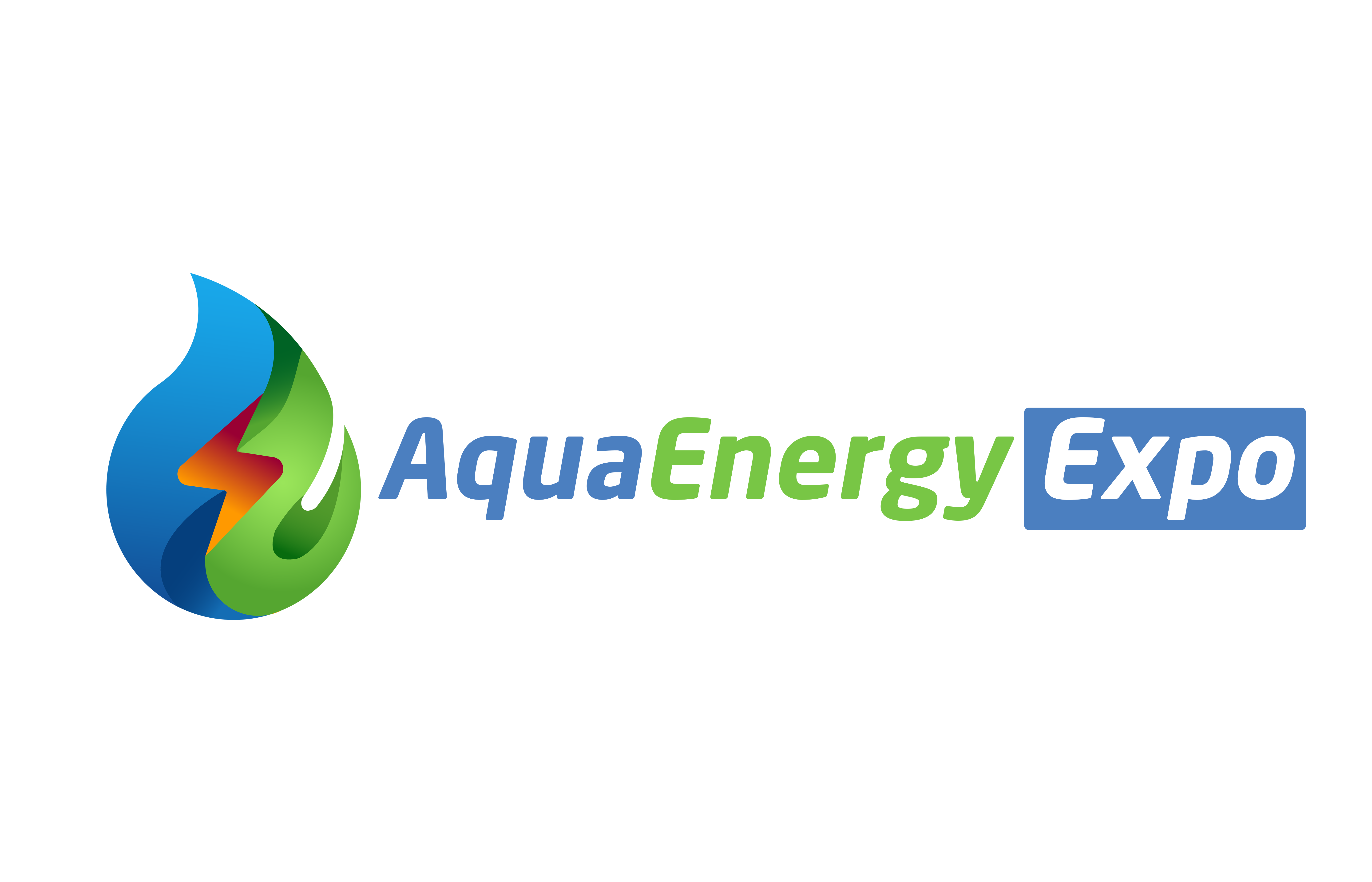
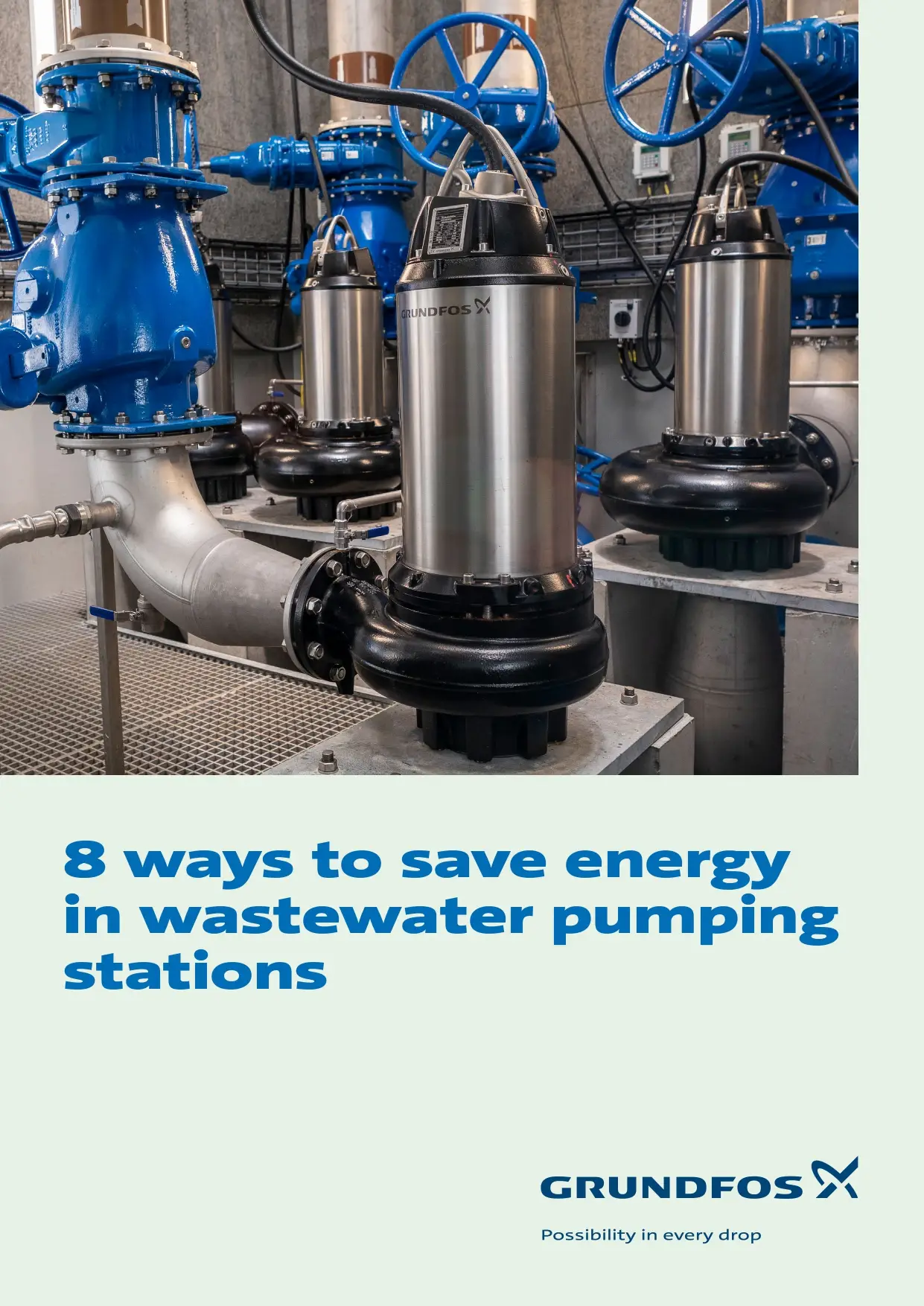
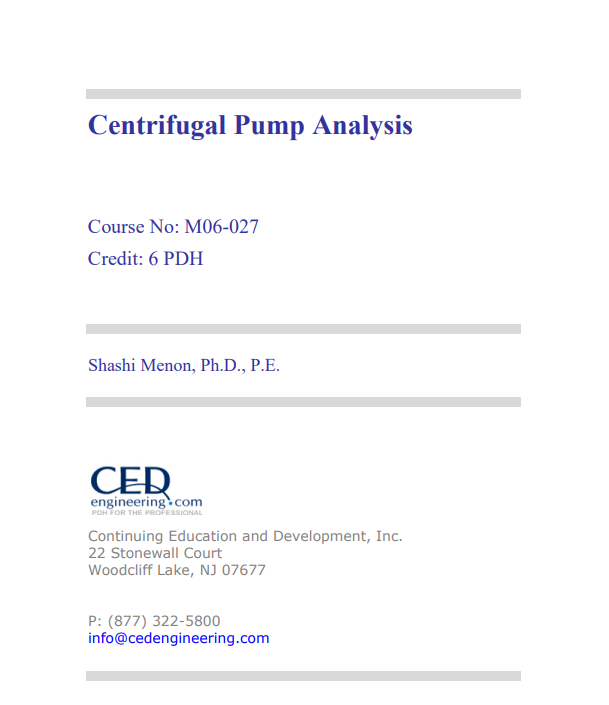
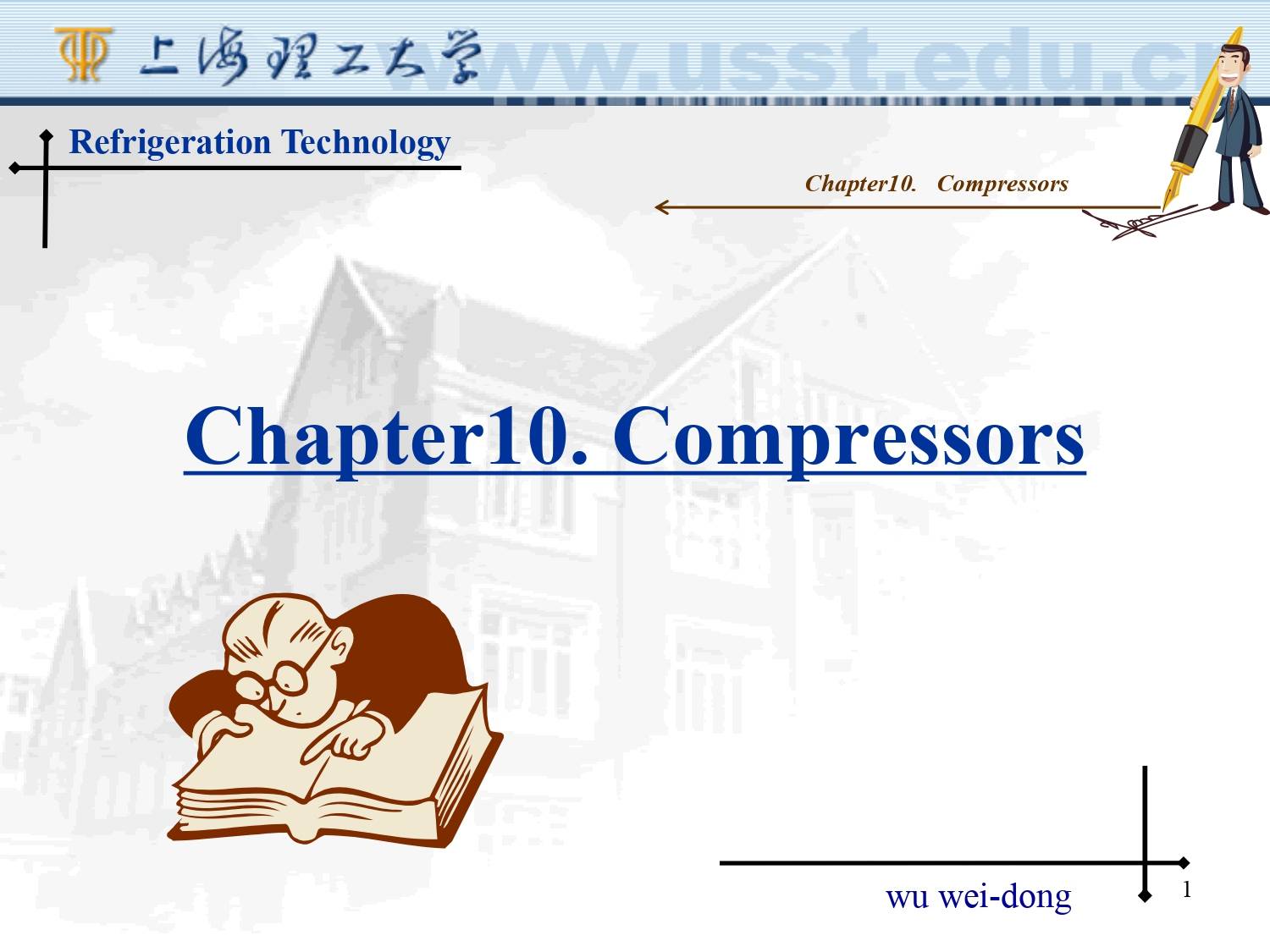
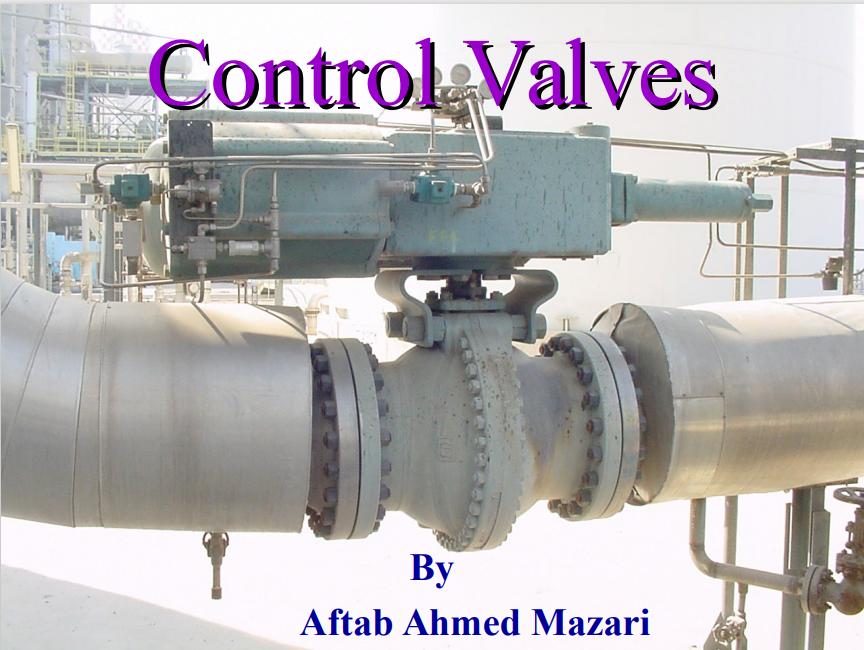
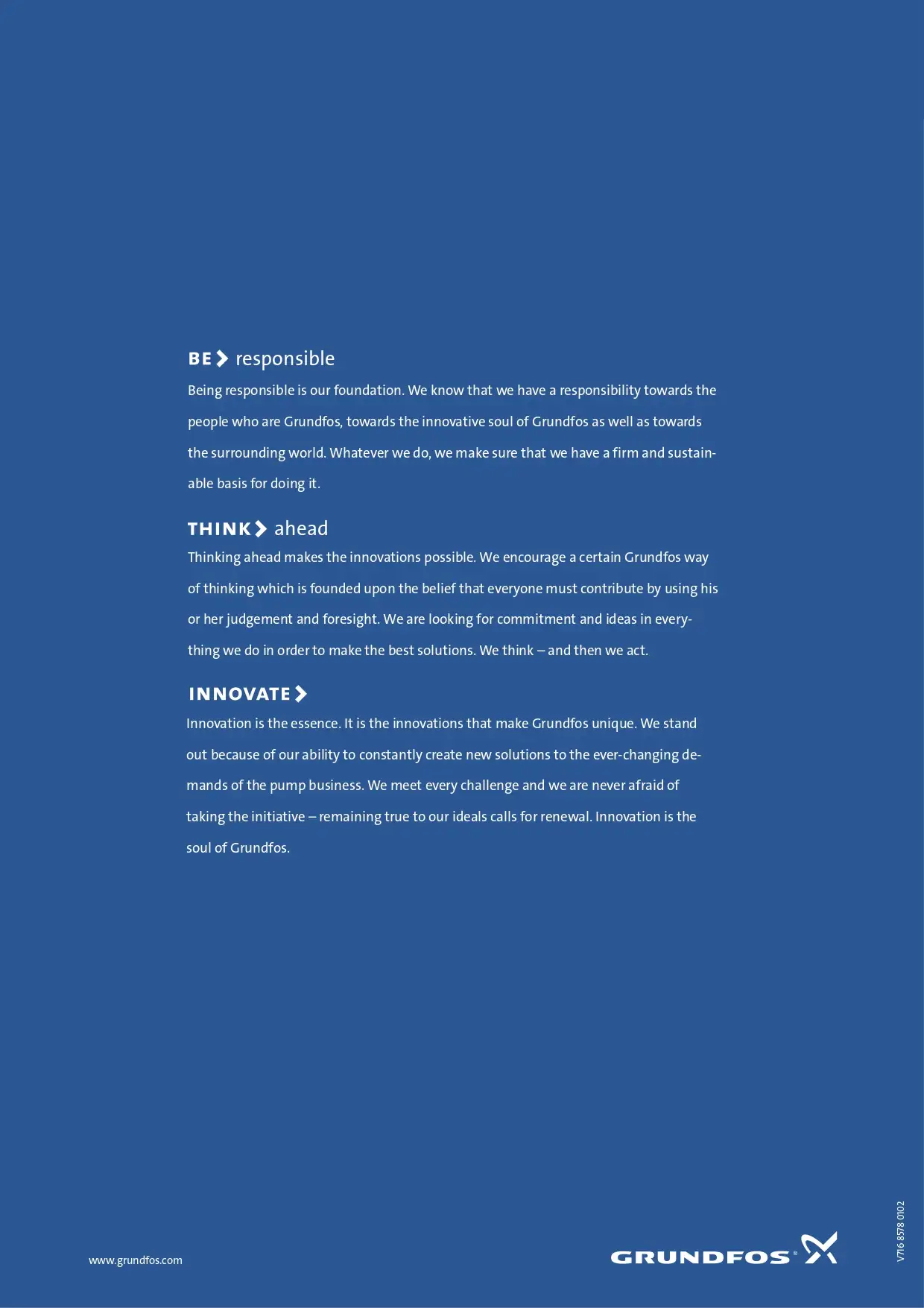
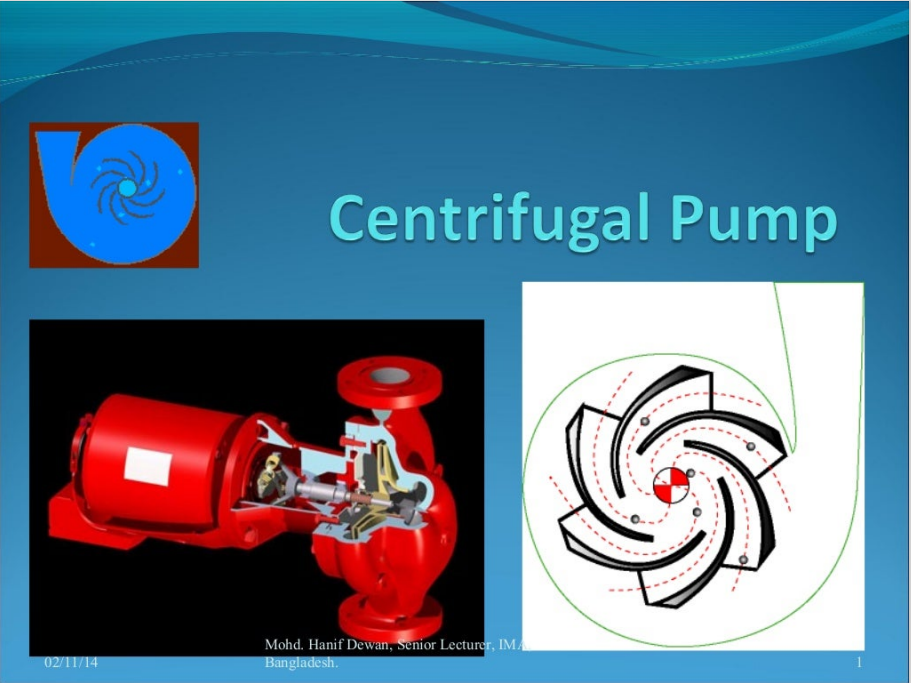
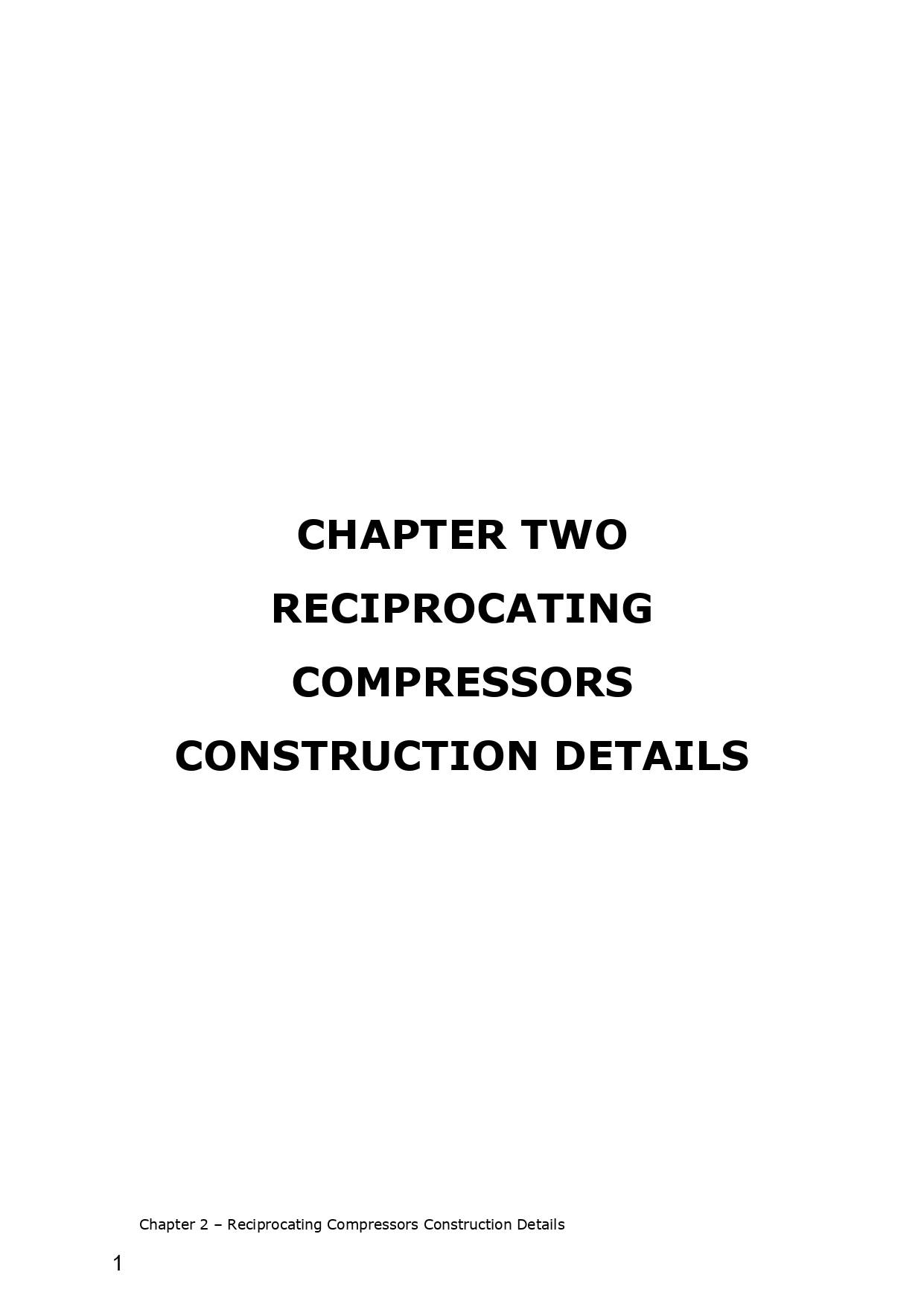
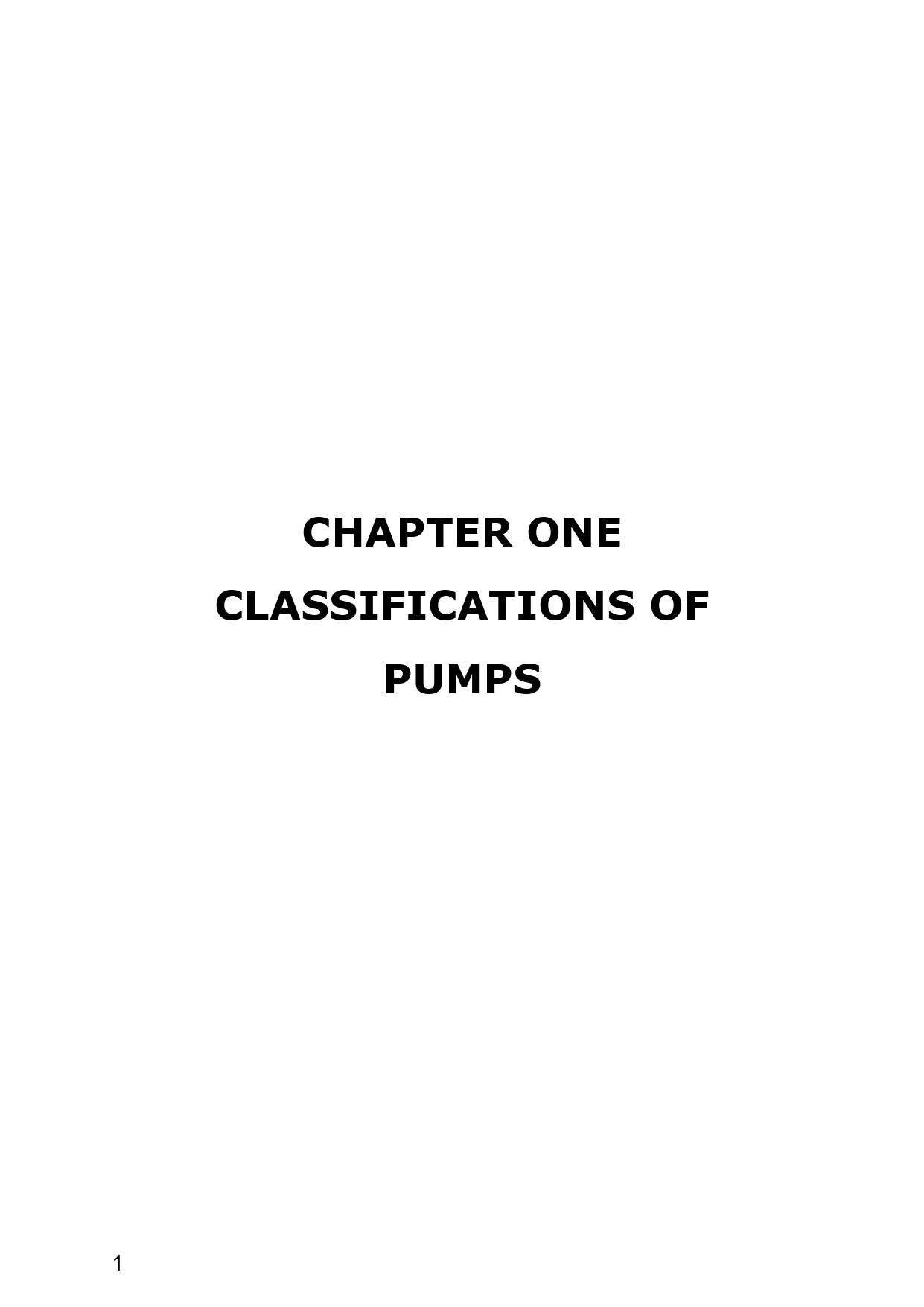
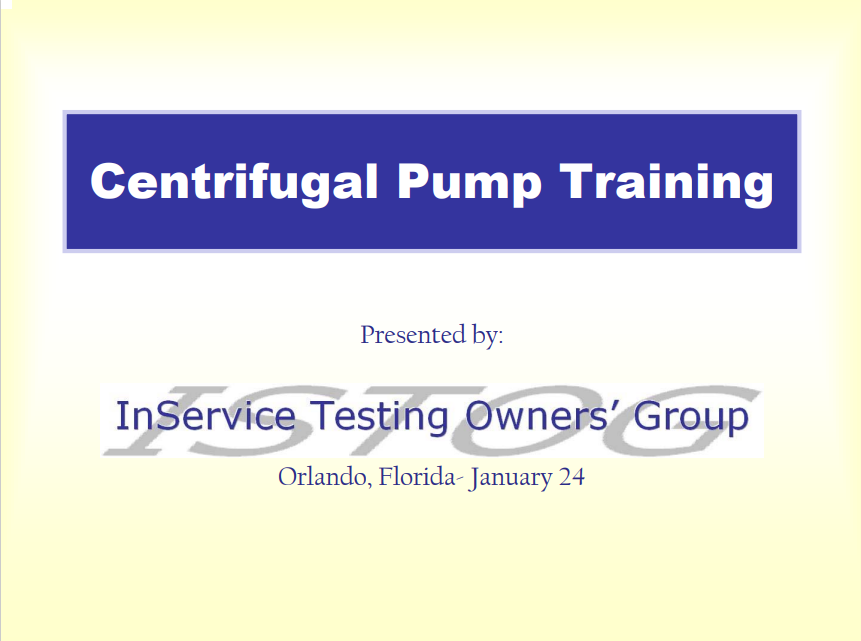
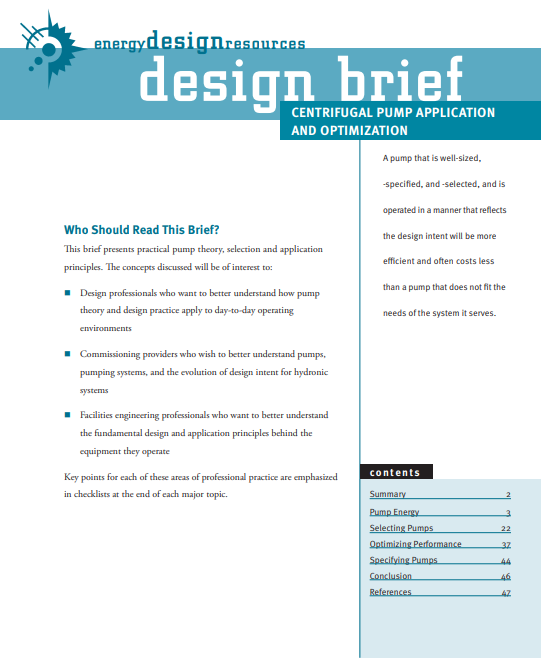

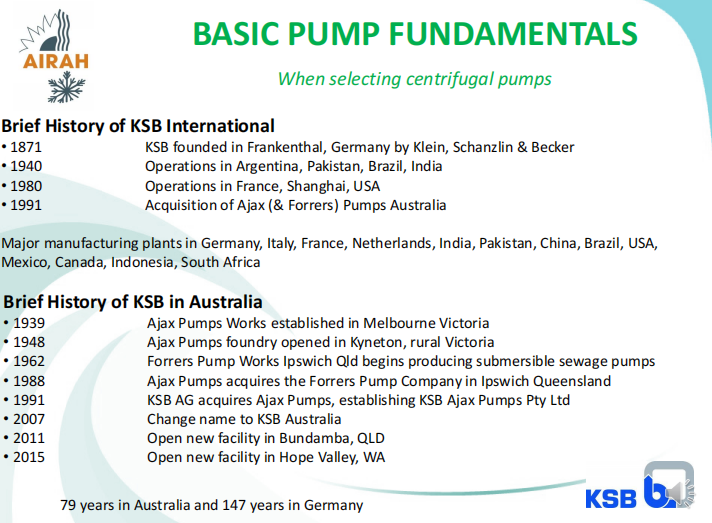
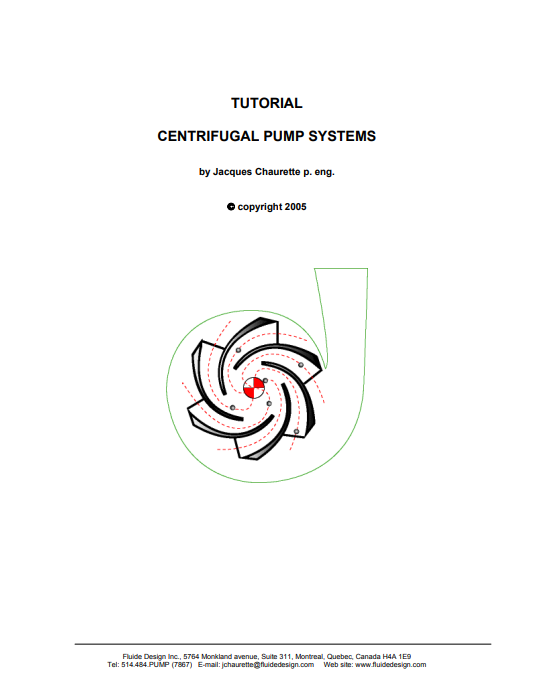
Reviews
There are no reviews yet.